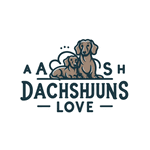Use English language, and raw data:
When it comes to choosing a canine companion, the options can be overwhelming. With so many breeds to choose from, it’s important to do thorough research to find the perfect match for your lifestyle and preferences. In this article, we’ll take a deep dive into two beloved breeds – the Dotson and the dachshund – and compare them in terms of their history, physical characteristics, temperament, health considerations, grooming and care, and training and exercise needs. By the end, you’ll have all the information you need to make an informed decision about which breed is best for you.
Contents
- 1 History and Origins: The Dachshund
- 2 History and Origins: The Dotson
- 3 Physical Characteristics: Dotson vs. Dachshund
- 4 Temperament and Personality: Dotson vs. Dachshund
- 5 Health Considerations: Dotson vs. Dachshund
- 6 Grooming and Care: Dotson vs. Dachshund
- 7 Training and Exercise: Dotson vs. Dachshund
- 8 Conclusion
History and Origins: The Dachshund
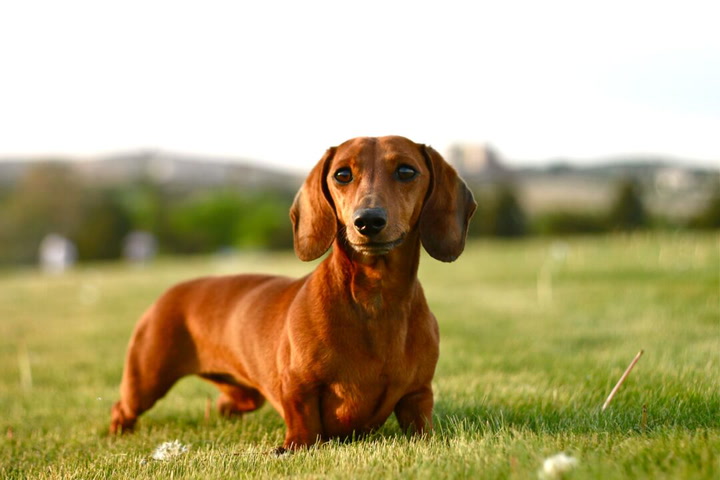
The Dachshund, often affectionately referred to as the “sausage dog,” has a long and rich history that dates back to 16th century Germany. These tenacious hounds were originally bred to hunt badgers, hence the name “Dachshund” which translates to “badger dog” in German. Their unique physical characteristics, including their short legs and elongated bodies, allowed them to easily maneuver through burrows and flush out their prey.
Over time, Dachshunds became popular with hunters for their keen sense of smell and courageous nature. They were also used for hunting other small game such as rabbits and foxes. The breed eventually made its way to England in the 19th century, where they were further developed to suit the British climate and terrain. Today, the Dachshund remains a popular breed around the world, known for its distinctive appearance and charming personality.
History and Origins: The Dotson
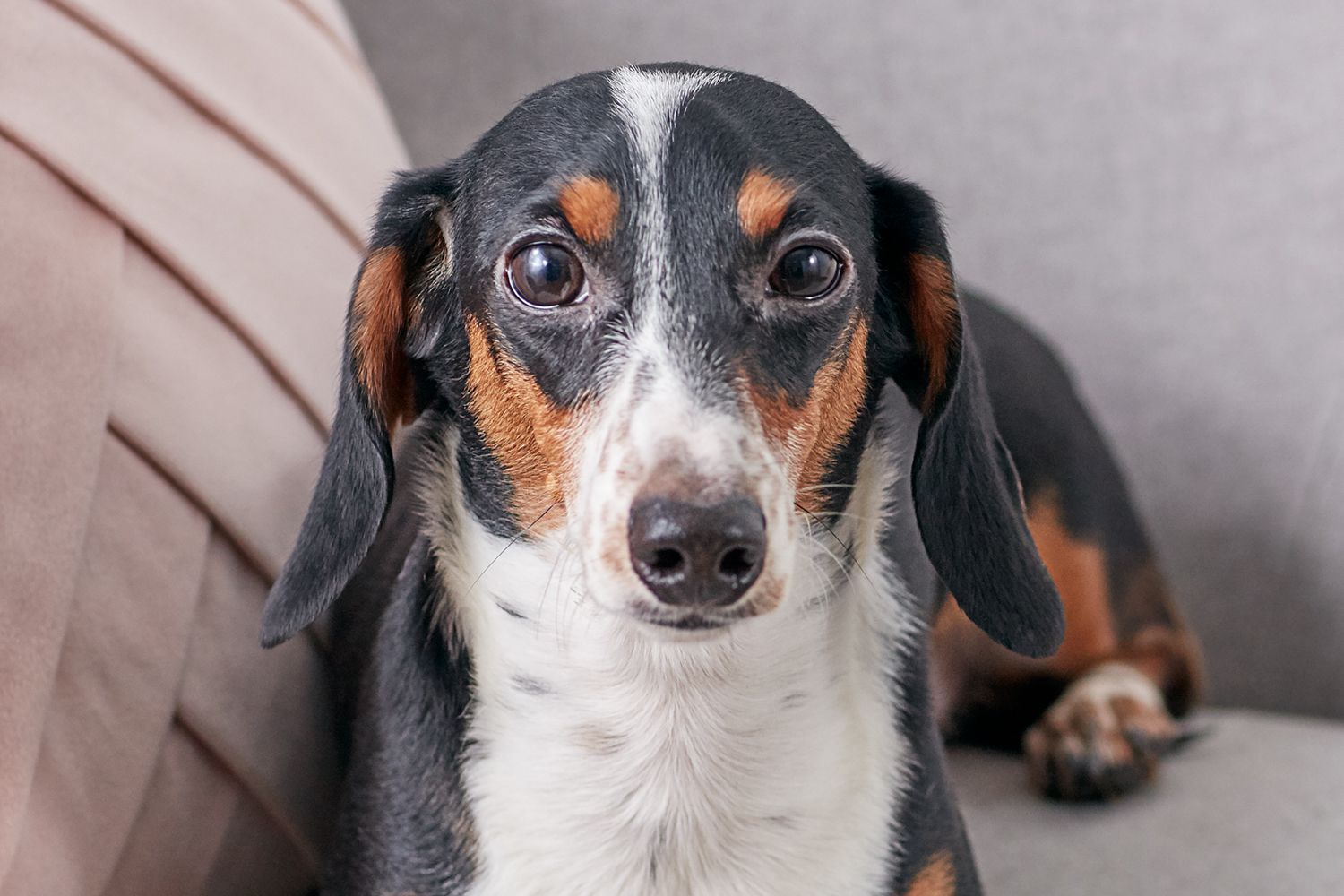
The Dotson, also known as the Miniature Dachshund, is a smaller version of the standard Dachshund. It is believed that this breed was developed in Germany during the 19th century, by crossing the standard Dachshund with smaller breeds such as the Pinscher and the Miniature Pinscher. While the exact origins of the Dotson are not clear, they were likely bred to create a smaller dog that could be used for hunting small game, as well as for companionship.
The Dotson was recognized as a breed in its own right in 1895 by the German Kennel Club. It gained widespread popularity in the United States in the early 20th century and has remained a beloved breed among dog owners ever since. While it shares many similarities with the standard Dachshund, the Dotson has distinct physical and behavioral differences due to its smaller size and unique breeding history.
Physical Characteristics: Dotson vs. Dachshund

When it comes to physical characteristics, there are some key differences between the Dotson and the Dachshund. Let’s take a closer look at their appearance and size.
Size
The most noticeable difference between the two breeds is their size. The standard Dachshund typically stands between 8-9 inches tall and can weigh anywhere from 16-32 pounds. In comparison, the Dotson is much smaller, standing at only 5-7 inches tall and weighing between 11-15 pounds. This makes the Dotson a more suitable choice for those living in apartments or smaller homes.
Body Shape
Both breeds share a distinct body shape, with elongated bodies and short legs. However, the Dotson’s body tends to be slimmer and more streamlined, while the Dachshund’s body is generally more muscular and stocky. This difference in body shape also affects their mobility and agility, with the Dachshund being able to move and maneuver more easily due to its larger size and build.
Coat Varieties
The Dachshund comes in three coat varieties – smooth, wirehaired, and longhaired – while the Dotson only has two coat varieties – smooth and longhaired. The smooth-haired variety is the most common for both breeds, with a sleek, close-fitting coat that requires minimal grooming. The wirehaired Dachshund and the longhaired Dotson have longer, coarser coats that require more attention and maintenance.
Color
Both breeds come in a variety of colors including black, red, chocolate, and cream. However, the Dachshund also comes in unique color patterns such as dapple (a mix of light and dark markings), brindle (striped), and piebald (white with patches of another color). While these color variations do not affect the breed’s personality or health, they can add to the aesthetic appeal of the dog.
Temperament and Personality: Dotson vs. Dachshund
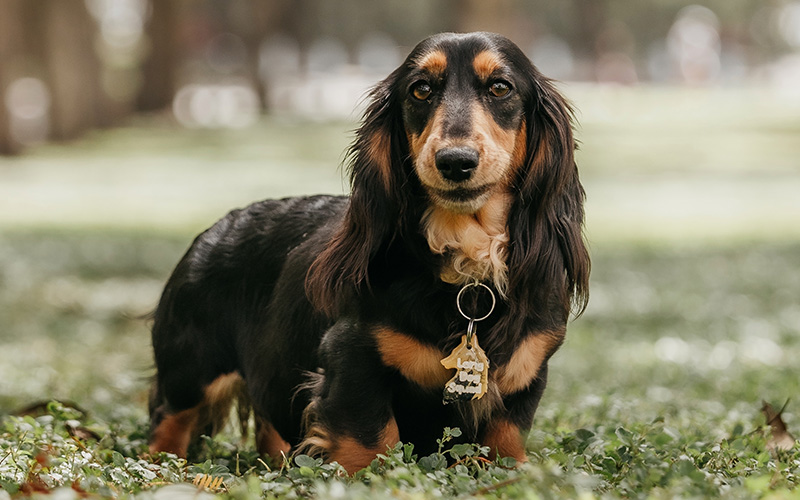
The temperament and personality of a dog play a significant role in determining their suitability as a pet. Let’s take a closer look at the key differences between the Dotson and the Dachshund in terms of their behavior and personality.
Behavior
Both breeds were originally bred for hunting, which is reflected in their behavior. The Dachshund is known for its fearless and determined nature, making it an excellent hunting companion. On the other hand, the Dotson’s smaller size means it is better suited for hunting smaller game, but it still possesses a strong prey drive.
While both breeds are generally friendly and outgoing, the Dachshund may be more reserved around strangers compared to the Dotson, who tends to be more social. This can make the Dotson a better choice for households with children or frequent visitors.
Personality Traits
The Dachshund and the Dotson share many personality traits, including intelligence, loyalty, and affection towards their owners. They are both energetic and require regular exercise to keep them physically and mentally stimulated. However, the Dotson dog may be slightly more energetic due to its smaller size, making it a better choice for those who enjoy an active lifestyle.
One key difference in personality between the two breeds is their level of independence. The Dachshund is known for its stubborn streak and may require more patience and consistency when it comes to training. On the other hand, the Dotson tends to be more eager to please, making training easier and less time-consuming.
Health Considerations: Dotson vs. Dachshund
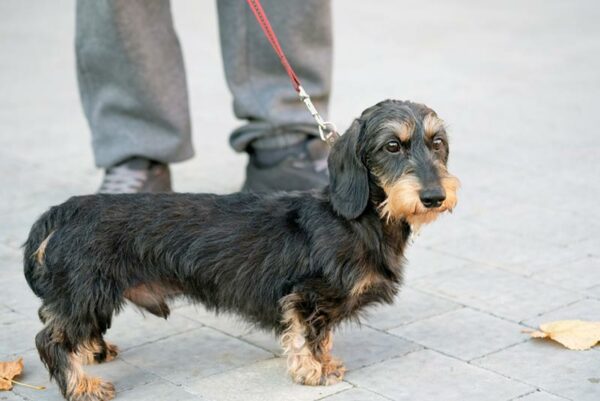
Like all breeds, both the Dotson and the Dachshund are prone to certain health concerns. Let’s take a closer look at some of the common health issues that affect these breeds.
Common Health Concerns for the Dachshund
Dachshunds are generally considered a healthy breed, but they are prone to several health conditions due to their unique body shape and genetic predispositions. These include:
- Intervertebral Disc Disease (IVDD): This is a condition where the discs between the vertebrae in the spine rupture or degenerate, causing pain and mobility issues.
- Hip Dysplasia: A common joint disorder where the hip socket does not form properly, leading to lameness and arthritis.
- Patellar Luxation: A hereditary condition where the kneecap dislocates from its normal position, causing limping and discomfort.
Common Health Concerns for the Dotson
The Dotson also shares some common health concerns with the standard Dachshund, including IVDD and Patellar Luxation. However, due to its smaller size, it is less likely to develop hip dysplasia. Some other health concerns that may affect the Dotson include:
- Obesity: Being small in size means the Dotson is more susceptible to weight gain, which can lead to various health issues such as joint problems, heart disease, and diabetes.
- Dental Problems: The Dotson’s small jaw and teeth can make them more prone to dental issues such as tooth decay and gum disease.
It’s essential to regularly take your Dachshund or Dotson to the vet for check-ups and keep up with recommended vaccinations and preventative care measures.
Grooming and Care: Dotson vs. Dachshund
Both breeds have slightly different grooming needs due to their coat varieties and body types. Let’s take a closer look at how to properly care for your Dachshund or Dotson’s appearance.
Coat Maintenance
The smooth-haired coats of both breeds require minimal grooming, with occasional brushing to remove loose hair and keep the coat shiny. However, the wirehaired and longhaired Dachshunds and the longhaired Dotson may require more frequent brushing to prevent tangling and matting. These breeds also benefit from regular trimming to maintain a neat appearance.
Bathing and Cleaning
As with any dog, regular bathing is necessary to keep your Dachshund or Dotson clean and smelling fresh. However, it’s important not to overdo it, as excessive bathing can strip their skin of its natural oils and cause irritation. Aim to bathe them every 2-3 months or when they get particularly dirty.
Additionally, it’s essential to regularly clean your dog’s ears, as both breeds are prone to ear infections due to their long, droopy ears. Use a gentle ear cleansing solution recommended by your vet and avoid using cotton swabs, which can damage the ear canal.
Nail Trimming
Due to their active nature, Dachshunds and Dotsons tend to wear down their nails naturally. However, it’s still important to regularly trim their nails to prevent them from becoming too long and causing discomfort while walking. If you’re not comfortable doing it yourself, take your dog to a professional groomer or veterinarian for nail trimming.
Training and Exercise: Dotson vs. Dachshund
Both the Dotson and the Dachshund are intelligent breeds that require mental and physical stimulation to thrive. However, there are some key differences when it comes to their training and exercise needs.
Training Needs
As mentioned earlier, the Dotson tends to be more eager to please and may respond better to training compared to the Dachshund. However, both breeds can be stubborn and require patience and consistency when it comes to obedience training. Positive reinforcement methods work best with these breeds, as they respond well to praise and treats.
It’s also essential to socialize your Dachshund or Dotson from a young age to ensure they are comfortable around other people and animals. This is especially important for the Dachshund, who may have a tendency to be reserved around strangers.
Exercise Requirements
While both breeds need regular exercise, the amount and type of activity may differ. The Dachshund is a high-energy breed that requires daily walks and playtime to keep them mentally and physically stimulated. In comparison, the smaller Dotson may not require as much exercise but still enjoys going on walks and playing games with their owners.
It’s important to note that both breeds are sensitive to extreme temperatures due to their small size and short coats. Ensure that your Dachshund or Dotson has adequate shelter and access to water during hot weather, and dress them in a coat or sweater during colder months.
Conclusion
In this comprehensive comparison, we’ve explored the history, physical characteristics, temperament, health considerations, grooming and care, and training and exercise needs of both the Dotson and the Dachshund. Both breeds offer unique qualities that make them beloved companions for many households. While the Dachshund and the Dotson may differ in size and some behavioral traits, they share a common history and purpose as hunting dogs. Ultimately, the best breed for you will depend on your lifestyle and preferences, but with this knowledge, you can make an informed decision that will lead to a fulfilling and loving relationship with your furry friend.
